Halloween season is a fitting time to get to know the supernatural dwellers of the plant world. Is there more to how these plants’ names sound, or are they spooky in name only? Let’s find out.
Ghost Pipe
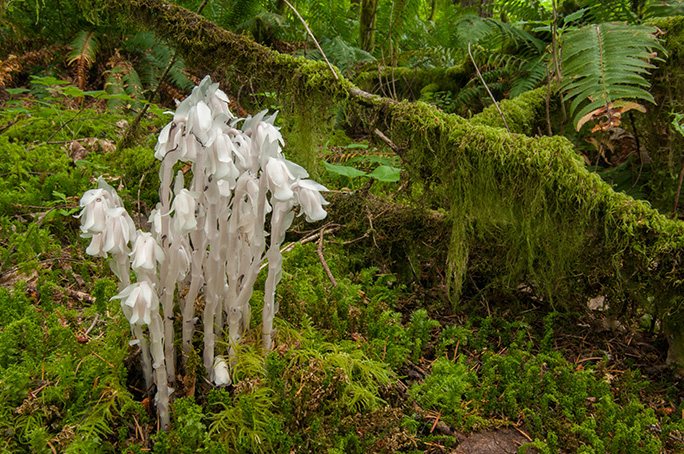
Monotropa uniflora is a potentially toxic phantom of a plant whose ghostlike scaly transparent clusters may be found in a forest. A parasite, it’s abandoned the chlorophyll lifestyle, stealing the necessary resources from a host (commonly mushroom mycelium)—a truly haunting apparition of the plant world.
Ghostplant
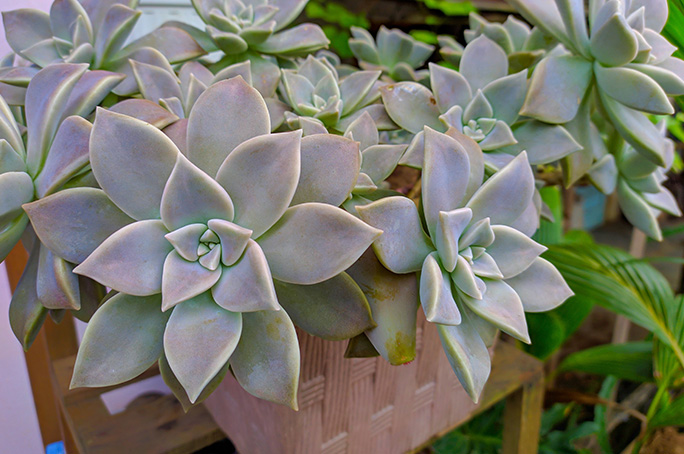
When someone says they have a ghostplant at home, this must be Graptopetalum paraguayense, the supernatural air of which is brought about by the pale silvery surface of its plump leaves. Despite the name, it’s an adorable succulent, especially when in bloom.
Wolf’s Bane
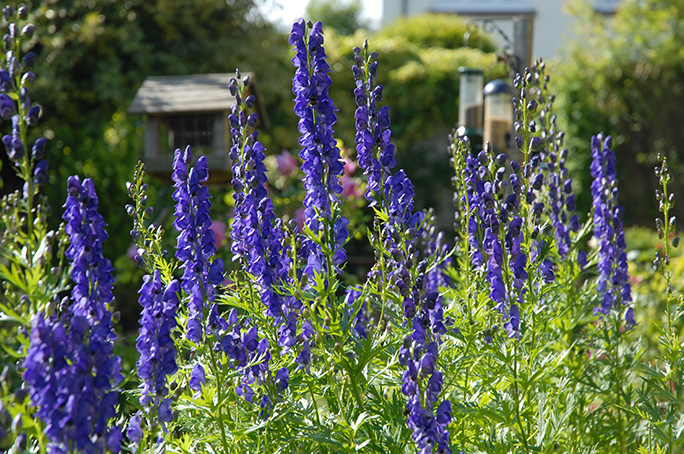
You may believe this plant name isn’t that mysterious, but those enamored with the legend of the lycanthrope beg to differ. Aconitum laeve always pops up in werewolf lore, which makes sense, as this highly toxic flower was actually applied to poison arrows used to fend off wolves that attacked livestock. And though the truth and myth surrounding the flower collide until they can’t be told apart, the fatality of the wolf’s bane when it comes to humans and their pets remains a fact.
Deadly Nightshade
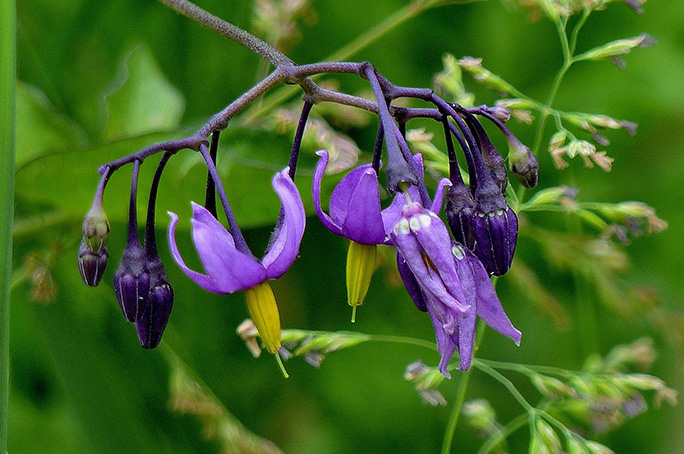
Although the belladonna part in Atropa belladonna means ‘beautiful lady’, its toxicity has earned it the byname. Every part of the plant is extremely poisonous. When ingested, the deadly nightshade leads to a range of horrifying symptoms with a lethal outcome. Even the first part of its scientific name is justified: after all, Atropos—one of the Three Fates from the Greek myths—was the sister who cut the thread of life.
Red Spider Lily
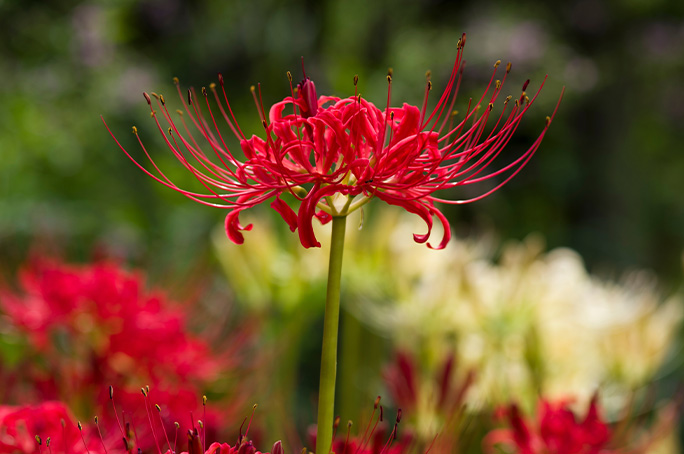
Its English common name is explained by taking the red spider lily at face value: the eye-catching spider-like crimson blooms on naked stems appear before the foliage does. Lycoris radiata from the Greek and Latin ‘twilight’ and ‘beaming, shining’, is, indeed, standing out even as the darkness unfolds. The metaphorical twilight echoes in its numerous symbolic meanings—it’s a flower of final goodbyes and sad recollections. In Buddhist cultures, the red spider lily is grown on graves and considered a floral gateway to the realm of the dead.
Voodoo Lily
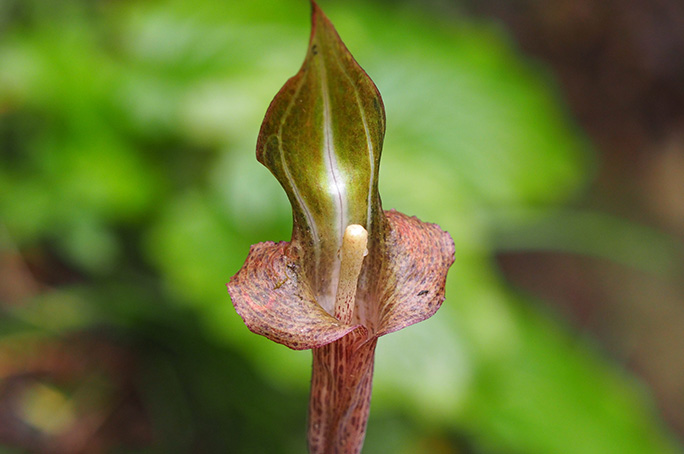
The enigmatic Amorphophallus rivieri var. konjac is a poisonous flower with a reputation that precedes its name. The relatively large bloom (compared to common garden inhabitants) smells like an animal corpse and attracts flies until it’s pollinated. It’s as if the plant were part of a black magic ritual, sacrificing itself to the spirits. Though there are other voodoo lilies out there, this one gets the prize for taking its name seriously.
All things considered, some plants are less scary than their designations advertise, while others live up to their eerie names. But any of them can become great conversation starters this spooky season.
